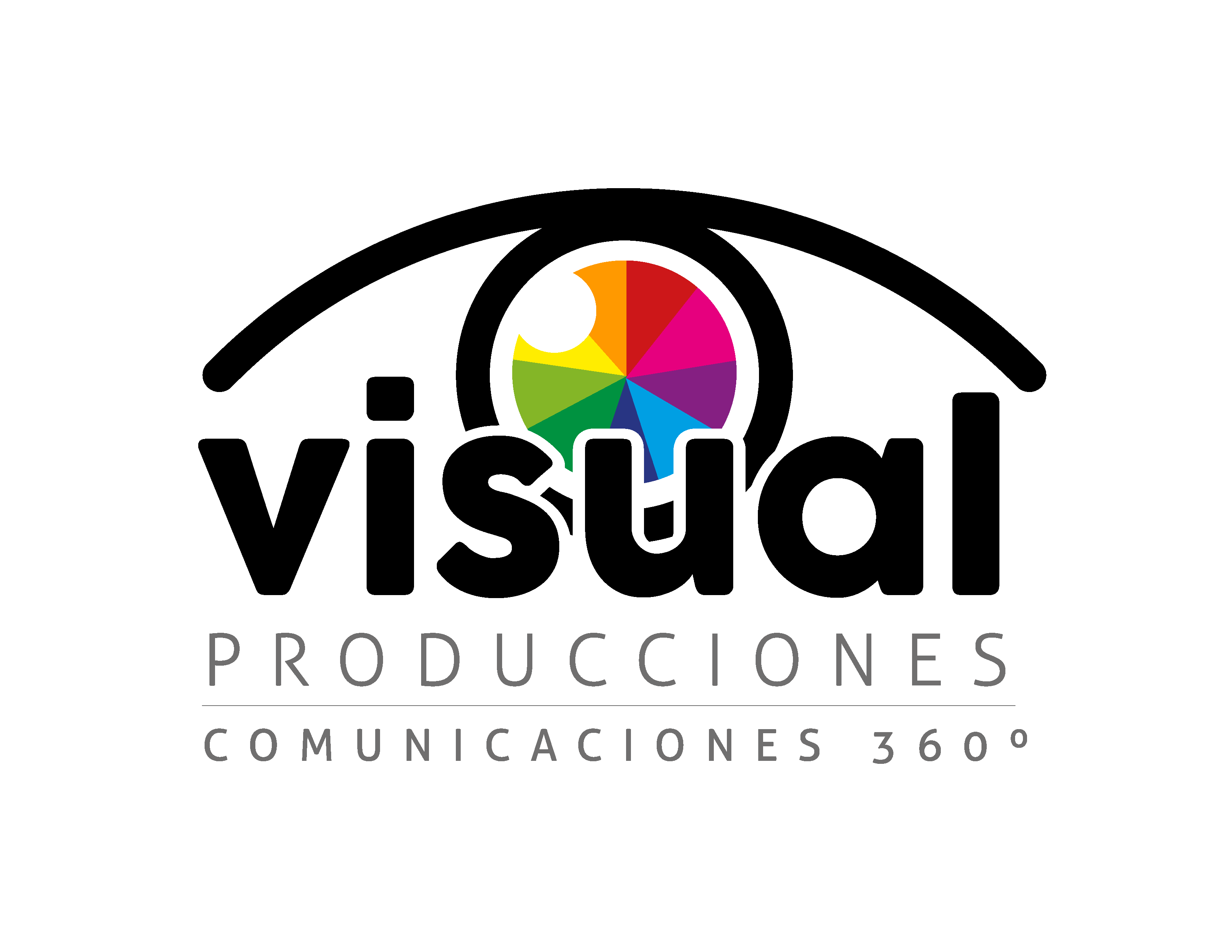
During the first period, SQM will be responsible for the operation.
State-owned mining company Codelco and Chilean chemical company SQM entered into a public-private partnership to exploit lithium reserves in the Atacama Salt Flat until 2050. The agreement will enable the extraction of 300,000 tons of lithium between 2025 and 2030, increasing current production levels by a third.
The agreement—which Codelco’s Chairman, Máximo Pacheco, referred to as “historic”—opens up an opportunity for Chile to position itself as a global leader in lithium mining, generating high expectations in various sectors.
Chilean President, Gabriel Boric, noted in a televised address to the nation that this agreement marks “an unprecedented milestone in the Chilean mining industry and concrete progress toward achieving the fair and sustainable development that we all aspire to.”
The agreement includes several aspects that will be essential to its success. Below are five key points in the agreement between Codelco and SQM to exploit Chile’s largest lithium deposit.
1. Codelco will have a majority stake
The partnership between Codelco and SQM will take effect from January 1, 2025. The state-owned company will have a majority stake of 50% plus one share in the joint venture, and SQM will hold the remaining shares. The Government imposed the condition that a majority stake must be held by the State in this type of partnerships, although the idea was criticized by several sectors which argued that it amounted to a “disincentive” for private companies.
In that regard, President Boric emphasized that “there were those who said it was preferable to leave lithium exploitation in the hands of private companies and that the State should confine itself to collecting taxes. But my conviction as President of Chile is that our country can do more, and our development model can change and must be modernized."
2. Contributions of each company
Under the agreement, SQM will contribute the fixed assets used for lithium production, the intangible assets, its commercial network, and its employees related to lithium operations. Meanwhile, Codelco will contribute the salt flat contract for the 2031-2060 period, an authorization for an additional production and sale quota of 165,000 tons of lithium carbonate equivalent (LCE) to be used before 2031, which will be added to SQM’s remaining quota at the end of 2024, and a further quota of 135,000 tons of LCE to be used by the joint venture that will be contributed by Codelco if actual production in the period reaches this level. If this latter quota is used in its entirety, the profits will be split between the two companies according to their share in the joint venture.
3. Management and decisions
During the first period, both companies will appoint the same number of directors. In this stage, which will last until 2031, SQM will retain control of business operations and a majority to make operational decisions, notwithstanding certain matters on which Codelco will have the right to veto. In the second period, the joint venture’s board will be composed of an odd number of directors, and Codelco will appoint the majority. As such, the state-owned mining company will be able to make decisions through the board of directors and annual general meetings. However, in some cases SQM will have the same right to veto as that held by Codelco in the first period.
4. Transfer of Maricunga
Another key aspect of the agreement is related to the transfer of SQM’s mining concessions in the Maricunga Salt Flat to Codelco in order to strengthen its position as a key player in the lithium industry. “The second most significant salt flat in Chile is Maricunga (...) Codelco has been progressing, in coordination with other players involved, on the development of operations in Maricunga, and this agreement strengthens Codelco’s position to conduct mining operations in Maricunga,” said Chile’s Minister of Economy, Nicolás Grau.
5. Protection of the salt flats
The Government intends to make progress not only on lithium mining operations, but also conservation, which was one of the key points highlighted by the minister. “The launch of the National Lithium Strategy does not mean that lithium mining operations will be conducted in all salt flats. In his announcement, President Gabriel Boric noted that 30% of the salt flats’ surface area will be protected,” emphasized Grau. Along those lines, he noted that in 2024 an announcement will be made regarding the salt flats that will be included in a protection process.




